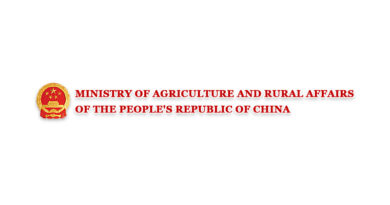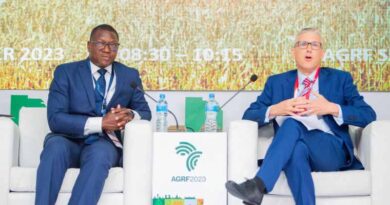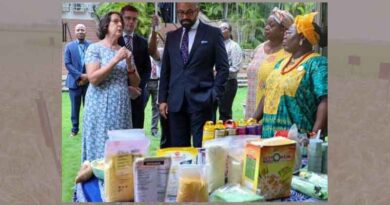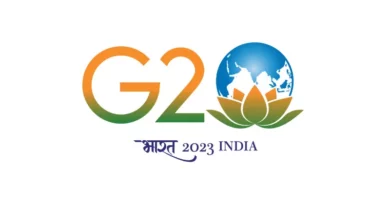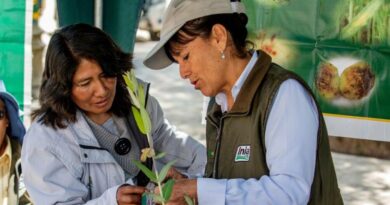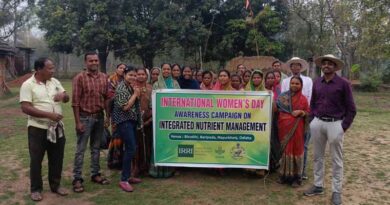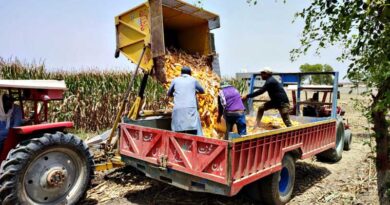Agricultural information systems continue to fail women – Videos can make a difference
17 October 2022, Nairobi: Over 80 participants gathered today in Nairobi for an event entitled ‘Reaching Small-Scale Women Farmers with Innovative Climate Resilience Strategies.’ The discussion focused on the challenges reported by women farmers in Kenya when it comes to accessing agricultural information, how these challenges intensified during the COVID-19 pandemic, and possible approaches that could bridge this gendered information gap. The event was organized as part of the project ‘Reaching Smallholder Women with Information Services and Resilience Strategies to Respond to Climate Change’ supported by the German Federal Ministry for Economic Cooperation and Development (BMZ) through the Fund International Agricultural Research (FIA) project of the Deutsche Gesellschaft für Internationale Zusammenarbeit (GIZ) GmbH.
Women farmers are a crucial resource in agriculture and in the global efforts to build sustainable, climate-resilient food systems. In Kenya, women account for 51 percent of agricultural activities ranging from livestock rearing to crop production, harvesting forest resources, and fisheries. With men leaving agriculture faster than women in response to more profitable opportunities in cities and also in response to climate extreme events—because they can find other jobs more readily—these shares are set to grow further. Despite this, agricultural information, including strategies on climate resilience, continues to be directed at household heads, typically men, and thus fails to reach women farmers.
Studies show that not only are traditional extension approaches perpetuating inequity in accessing information on climate resilience strategies, but they are also directly responsible for the lower adoption of adaptation strategies by women farmers. The project presented today aimed at addressing these structural inequities and facilitating women’s contribution to climate-smart agriculture (CSA). It directly reaches 40,000 women in smallholder farm households in three counties of Kenya, as well as in the Central Region of Uganda and in Gujarat, India, using innovative video-based information services which feature women implementing climate adaptation strategies of their choice.
“Utilization of such gender-sensitive dissemination approaches to facilitate uptake of CSA practices will increase resilience to climate change, and contribute to closing gendered yield gaps, improving food security, and reducing natural resource degradation,” said Ms. Fridah Githuku, Executive Director, Grassroots Organizations Operating Together in Sisterhood (GROOTS) Kenya, the organization in charge of the video rollout in Kenya.
The adaptation strategies on the videos, all selected by women farmers themselves, included cover crops, minimum tillage, and zai pits in Kenya; integrated pest management (IPM), soil and water conservation, climate-smart poultry and pig management in Uganda; and IPM and soil testing in India. To ensure that women would be reached, the videos were rolled out through grassroots women’s organizations such as the Self-Employed Women’s Association (SEWA) in India and GROOTS Kenya and Uganda’s public extension system together with university institutions like Uganda’s Africa Institute for Strategic Animal Resource Services Development (AFRISA) of Makerere University.
In Kenya, this approach increased women’s and men’s awareness of CSA practices, which is important as women’s awareness was lower across all key CSA, and awareness of practices does support their adoption.
Dennis Njunge, Monitoring, Evaluation, Research, and Learning Manager at GROOTS Kenya, noted, “During the discussions following the video showings, women farmers requested to watch more videos on climate-smart crop management and livestock keeping. The farmers would also have liked to have the videos with them for reference but many of them did not have smartphones.”
Claudia Ringler, Deputy Director of Environment and Production Technology Division, IFPRI, and the project lead summarized, “The results are hugely promising; audio-visual media, especially such demonstration videos, can convey information better and faster and are very well received by women and men farmers. They can also reach more farmers faster, as they can be transmitted over smartphones. As such they have true potential to break down information access barriers, but several challenges, like phone access, and varying local contexts remain.”
Also Read: Best Agrolife launches Two Indigenously Manufactured CTPR Products
(For Latest Agriculture News & Updates, follow Krishak Jagat on Google News)


